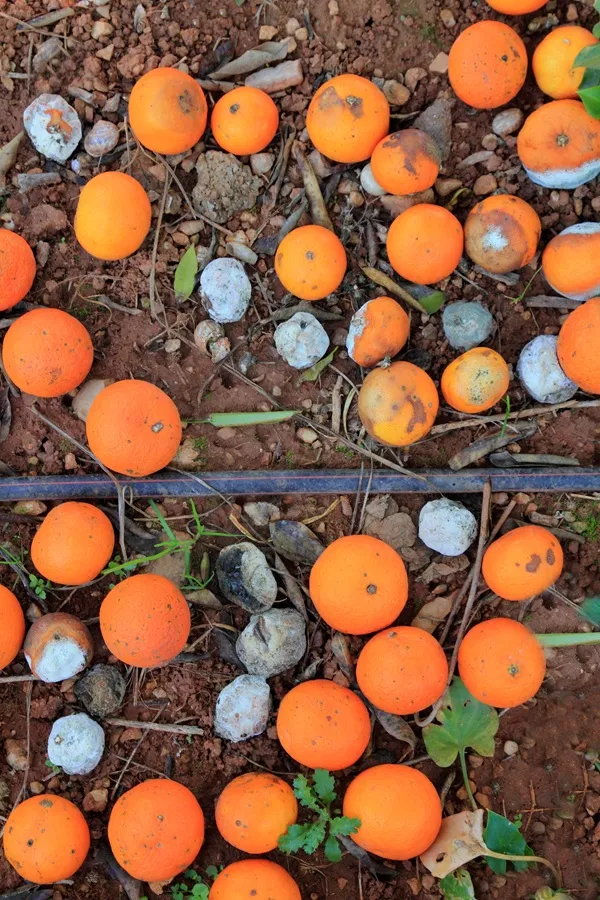Table of Contents
1. Overview
Mackerel are fast-swimming, pelagic fish belonging to the family Scombridae, found in temperate and tropical oceans. Renowned for their high omega-3 content and robust flavor, they play a vital role in global fisheries and cuisines. This guide explores their biology, economics, culinary uses, and sustainability challenges.
2. Global Varieties
- Atlantic Mackerel (Scomber scombrus): North Atlantic; blue-green back with wavy stripes, silver belly.
- Pacific Mackerel (Scomber japonicus): Pacific Ocean; smaller, similar to Atlantic.
- Spanish Mackerel (Scomberomorus spp.): Warm waters (Gulf of Mexico, Indo-Pacific); elongated body, medium size, yellow spots.
- King Mackerel (Scomberomorus cavalla): Western Atlantic; large, high mercury content.
- Indian Mackerel (Rastrelliger kanagurta): Indian Ocean; golden stripes, a smaller variety, staple in South Asian diets.
- Chub Mackerel (Scomber colias): Mediterranean and Atlantic; smaller, often canned.
3. Price Factors
- Species & Size:
- Atlantic/Pacific: $3–$8/kg (whole, wild-caught).
- Spanish/King: $10–$20/kg (premium for grilling).
- Form: Canned ($2–$5/can), smoked ($15–$30/kg).
- Sustainability: MSC-certified products cost 10–15% more.
4. Physical Traits
- Colors: Metallic blue-green (Atlantic), silvery with spots (Spanish), golden (Indian).
- Smell: Fresh, briny; avoid if overly fishy or sour.
5. Flavor & Culinary Uses
- Taste: Rich, oily, and bold; firmer texture in larger species.
- Cooking Methods:
- Raw: Sushi/sashimi (freeze at -20°C for 24h to kill parasites).
- Grilled: Marinated in miso or lemon-garlic.
- Curries: Indian bangda curry, Thai spicy soups.
- Smoked: Nordic-style with dill and mustard sauce.
- Canned: In salads, sandwiches, or pasta.
6. Nutrition & Health Benefits
- Macronutrients: High protein (19g/100g), rich in omega-3s (2.5g/100g).
- Vitamins/Minerals: B12, selenium, vitamin D, niacin.
- Health Benefits: Reduces inflammation, supports cardiovascular health.
- Caution: King mackerel has high mercury; limit consumption.
7. Cultivation & Capture
- Wild Capture:
- Purse Seining: Primary method for Atlantic and Pacific stocks.
- Trolling: For Spanish/King mackerel.
- Aquaculture: Limited due to migratory nature; experimental offshore farms in Norway and Japan.
8. Byproducts
- Fishmeal/Oil: From processing waste; used in animal feed and supplements.
- Roe: Delicacy in Mediterranean and Asian cuisines.
- Shells/Offal: Fertilizers or biodegradable materials.
9. Processing & Storage
- Fresh: Store on ice (0–4°C) for 1–2 days.
- Freezing: Vacuum-seal at -18°C (3–6 months).
- Canning: In oil, tomato sauce, or brine; shelf-stable 2–5 years.
- Smoking: Hot/cold-smoked; lasts 1–2 weeks refrigerated.
10. Major Producers & Trade
- Top Producers:
- Wild: Norway, Spain, Japan, India, South Korea.
- Farmed: Limited, with Norway leading trials.
- Exporters: Norway, China, Peru.
- Importers: EU, USA, Nigeria, Japan.
11. Climate Conditions
- Temperature:
- Cold-water species (Atlantic): 8–14°C.
- Warm-water species (Spanish): 20–28°C.
- Habitat: Coastal and open ocean; spawn in nutrient-rich upwelling zones.
12. Diseases & Risks
- Parasites: Anisakis (wild-caught); killed by freezing/cooking.
- Bacterial Infections: Vibriosis in aquaculture due to overcrowding.
- Mercury Contamination: Predatory species like King mackerel accumulate toxins.
13. Return on Investment (ROI)
- Wild Fisheries: Low upfront costs but volatile catches; ROI depends on quotas (e.g., EU’s Atlantic quotas).
- Aquaculture: High initial investment ($50,000–$100,000/hectare); potential ROI in 3–5 years with stable demand.
14. Quick Recipes
- Grilled Mackerel: Rub with paprika, garlic, and olive oil; grill 4–5 mins/side.
- Mackerel Curry: Simmer in coconut milk, turmeric, and tamarind.
- Smoked Mackerel Pâté: Blend with cream cheese, lemon, and dill.
15. Sustainability Challenges
- Overfishing in the Northeast Atlantic (EU quotas in place).
- Bycatch of juvenile fish in purse seines.
- Shift toward selective gear and aquaculture innovations.
16. Conclusion
Mackerel’s nutritional profile and versatility make it a global dietary staple. Balancing ecological stewardship with growing demand is key to sustaining wild populations and expanding aquaculture responsibly.









